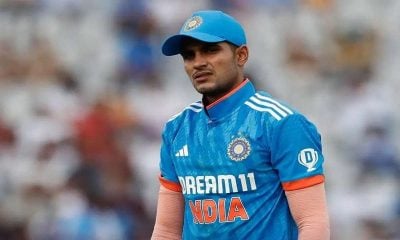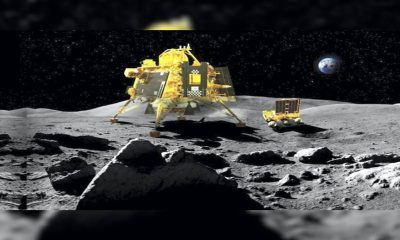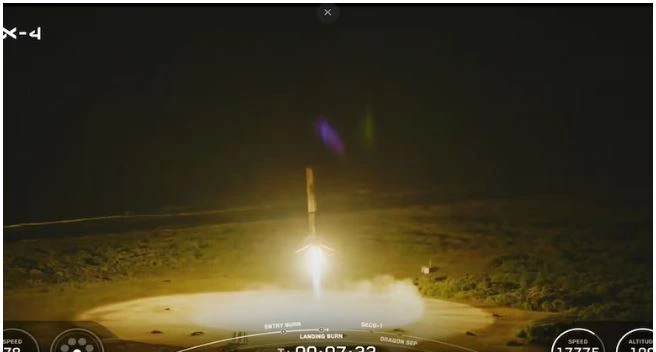Latest Science News
Pragyan rover finds sulphur at Moon’s south pole, search for hydrogen: ISRO
Indian Space Research Organisation on Tuesday said that the Pragyan rover of the Chandrayaan-3 mission has unambiguously confirmed the presence of sulphur on the lunar surface near the south pole.

Latest Science News
Astronaut Shubhanshu Shukla to meet PM Modi after return from historic space mission
Astronaut Shubhanshu Shukla, who recently returned from the ISS as part of the Axiom-4 mission, will meet PM Modi this evening. Parliament will also hold a special discussion on his historic journey.
India News
Shubhanshu Shukla pens emotional note as he returns to India after space mission
Indian astronaut Shubhanshu Shukla penned an emotional Instagram post as he returned to India after his 18-day ISS mission, marking a milestone in India’s space journey.
Latest Science News
Shubhanshu Shukla becomes second Indian in space, lifts off for ISS aboard Axiom-4 mission
Group Captain Shubhanshu Shukla becomes the second Indian astronaut to travel to space after four decades, aboard the Axiom-4 mission to the International Space Station.
-

 Cricket news23 hours ago
Cricket news23 hours agoIndia vs South Africa 5th T20I: Tilak Varma, Hardik Pandya power India past 230 in Ahmedabad
-

 Cricket news9 hours ago
Cricket news9 hours agoT20 World Cup 2026: Selectors weigh Shubman Gill role as India squad announcement awaited
-

 Cricket news23 hours ago
Cricket news23 hours agoIndia vs South Africa 5th T20I: Samson shines with 37 as India push on after Gill injury
-

 India News9 hours ago
India News9 hours agoThick smog engulfs Delhi, flights and trains delayed as air quality slips to very poor
-

 Entertainment24 hours ago
Entertainment24 hours agoOTT and theatrical releases this week: new films and series to watch from December 19 to 26
-

 Cricket news10 hours ago
Cricket news10 hours agoIndia vs South Africa 5th T20I: Hardik Pandya, Tilak Varma power India to 30-run win, series sealed 3-1
-

 India News10 hours ago
India News10 hours agoPM Modi inaugurates India’s first nature-themed airport terminal in Assam
-

 India News10 hours ago
India News10 hours agoAssam train accident: Eight elephants killed after Rajdhani Express derailment in Hojai










